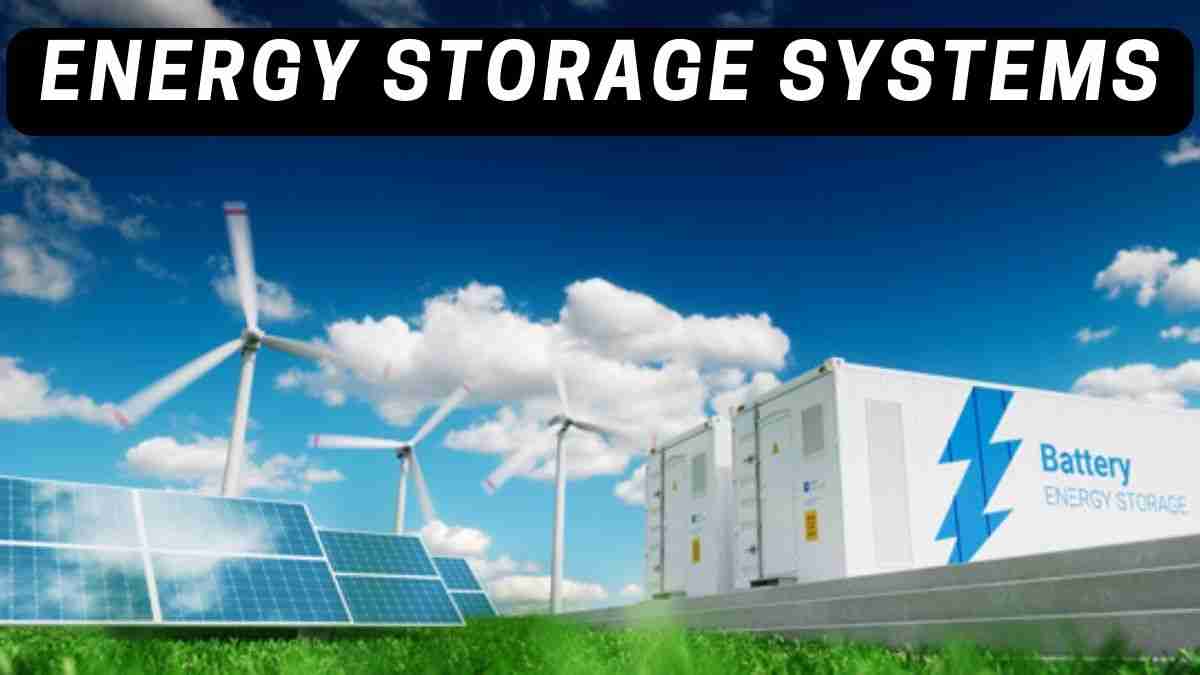Energy Storage Systems store extra energy produced during low demand for use during high demand, making them essential for green energy integration. This stabilises energy flow and reduces fossil fuel use.
Types of Energy Storage Systems
ESS kinds have pros and cons. Examples:
- Battery ESS (BESS): Most energy storage methods employ batteries. Rechargeable batteries store surplus energy for later use. People mainly use lithium-ion batteries in BESS due to their high energy density and long cycle life.
- Pumped Hydro Energy Storage Systems: Pumped hydro energy storage devices store potential energy by moving water between reservoirs. When energy is required, the higher reservoir releases water to the lower reservoir, creating power via a turbine. The biggest and most established energy storage method needs a suitable topography with a height differential between the reservoirs.
- Flywheel ESS: Rotational energy is stored in flywheel energy storage devices. The flywheel stores energy and then releases it to generate power via a generator. For frequency control, these systems are small, efficient, and rapid.
- Compressed Air Energy Storage Systems: Compressed air energy storage systems store energy in subterranean caverns or exhausted natural gas reserves as compressed air. When energy is required, compressed air expands and drives a turbine.

New Google Lens Feature is here, read about it: New Google Lens Feature: Android Users can search their Screen
Advantages and Disadvantages of Energy Storage Systems
Each energy storing systems has pros and cons when choosing one.
Advantages
- Increased reliability and stability of the energy grid
- Improved integration of renewable energy sources
- Reduced dependence on fossil fuels
- Increased energy efficiency
- Improved grid management and energy management
Disadvantages
- High upfront capital costs
- Limited capacity for some technologies
- Maintenance requirements
- Possible environmental impacts (e.g. pollution, land use)
Conclusion
Energy storage devices are crucial to the energy shift. They reduce fossil fuel use and assure a steady energy supply by storing extra green energy. Energy storage devices will likely continue to rise as technology and rates improve.
Read These Articles Too:




